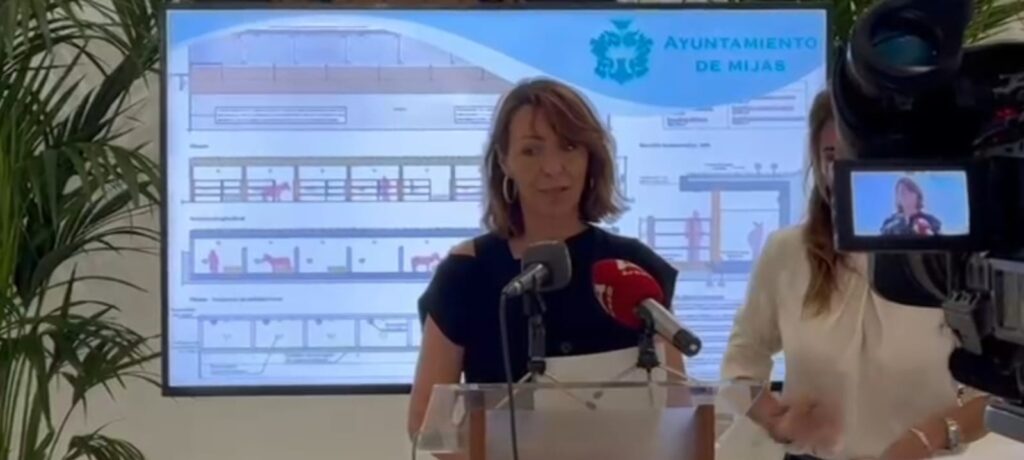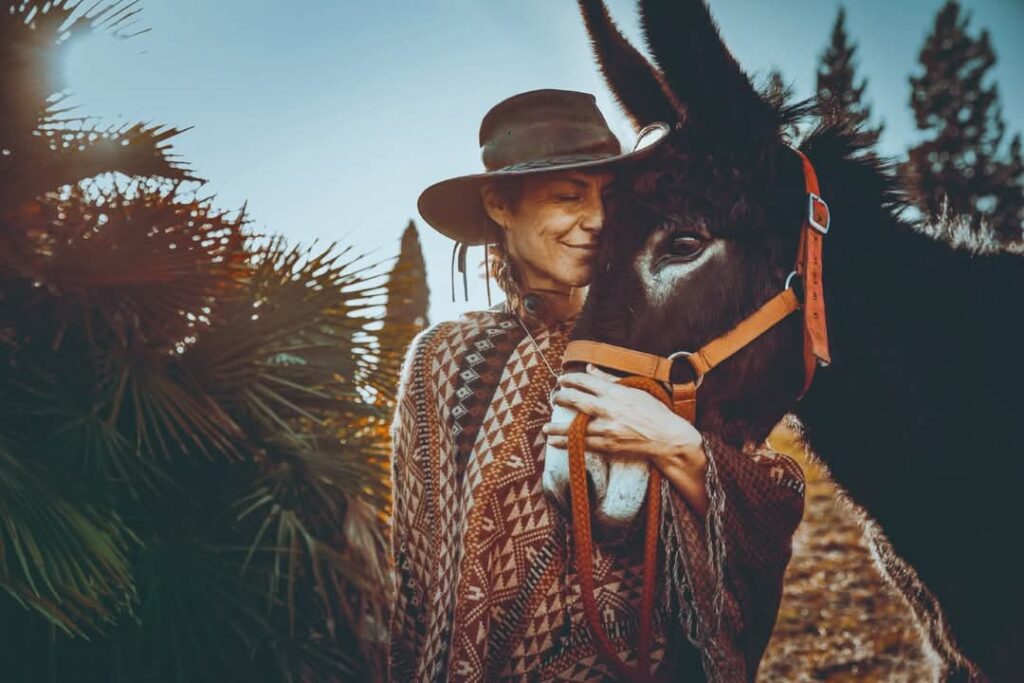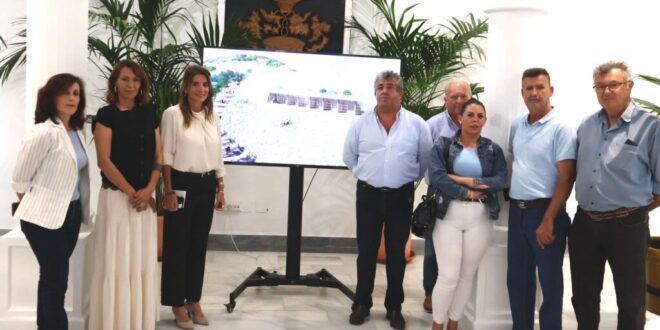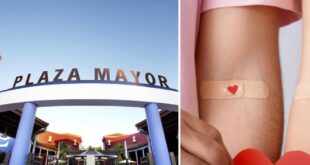Amaya Isert, who was volunteering in Antequera for the Donkey Sanctuary Spain seven years ago, arrived in Mijas Pueblo with compassion, determination and a deep understanding of the cultural identity of the town.
The donkeys were overworked. They were also tethered.
Donkey Sanctuary Spain built bridges with unwavering patience. They achieved small, but important victories, such as longer ropes that allowed the donkeys more freedom to move, a strict daily work time limit of three hours, and better access to water. Amaya’s vision was bigger than these steps.
She envisioned a destination where animal welfare and sustainable tourism could coexist, where Mijas Pueblo could still celebrate its iconic donkeys, but in a way that respected their dignity and spirit. Visitors would learn to appreciate the gentle animals as living symbols for Andalusia’s agricultural past, not just as novelty items. She imagined a place where animal welfare and sustainability tourism could coexist. Mijas Pueblo would still be able to celebrate its iconic donkeys, but with respect for their dignity.
She then set up her sanctuary near Mijas Pueblo, after leaving the Donkey Sanctuary at Antequera.
She is now focusing on the donkeys of Mijas Pueblo, as her sanctuary approaches five years in operation.
However, Amaya didn’t come to fight. She wanted to connect with everyone, including the town council and the animal rights activists.
Her perseverance has made her dream a reality.
Amaya’s persistence is bringing good news for Mijas’ donkeys
The project Refugio del Burro, a recreation park, was unveiled at the Mijas Town Hall on May 23. This 10,000 m² recreational park, located near the southern access road, will provide a safe and enriching space for the donkeys of Mijas. The park features large covered stables with shaded trails and open fields that allow the animals to roam freely. It is a major turning point both for donkeys and Mijas.
Amaya: “I would like people to realize that donkeys are one of humanity’s greatest allies.” “They are an important part of Spain’s rural history, and Mijas wouldn’t be the same without them. The donkeys tell our story.

Credit: AI
Refugio del Burro resides at the center of the Recreational Park. It is committed to education and preservation. Visitors will have the opportunity to interact with donkeys by participating in supervised activities, such as feeding, grooming and walking along shaded paths. These experiences foster empathy and connection. The heritage centre will focus on the cultural and historical importance of the Andalusian Donkey, which is now in danger of extinction.
The plan includes features that encourage donkeys to behave naturally: multiple shelters, water troughs scattered around to stimulate movement and large paddocks, with feeding areas. The park is also a refuge for retired and older donkeys. It will also provide recovery spaces for those needing rehabilitation.
A win for all with the new Mijas donkey shelter
This initiative is a success on all levels. Mijas has long been avoided by ethically-minded tourists due to animal welfare concerns. But the park gives them a reason for returning. It is a way for muleteers to live a healthier and more sustainable life while adopting higher standards. Mijas Pueblo can redefine its identity. It is still rooted to tradition, but it now has a future aligned both with its animals and the increasing call for responsible tourist.
Refugio del Burro Recreational Park is, above all else, a symbol of optimism. It is a symbol of what can be achieved when people work together to not accuse, but to understand. Amaya Isert, the team at Donkey Dreamland and Mijas Pueblo are on the road to becoming a destination that is not only beautiful but compassionate, where humanity, heritage and happiness can coexist.

 Costa News Spain Breaking News | English News in Spain.
Costa News Spain Breaking News | English News in Spain.




